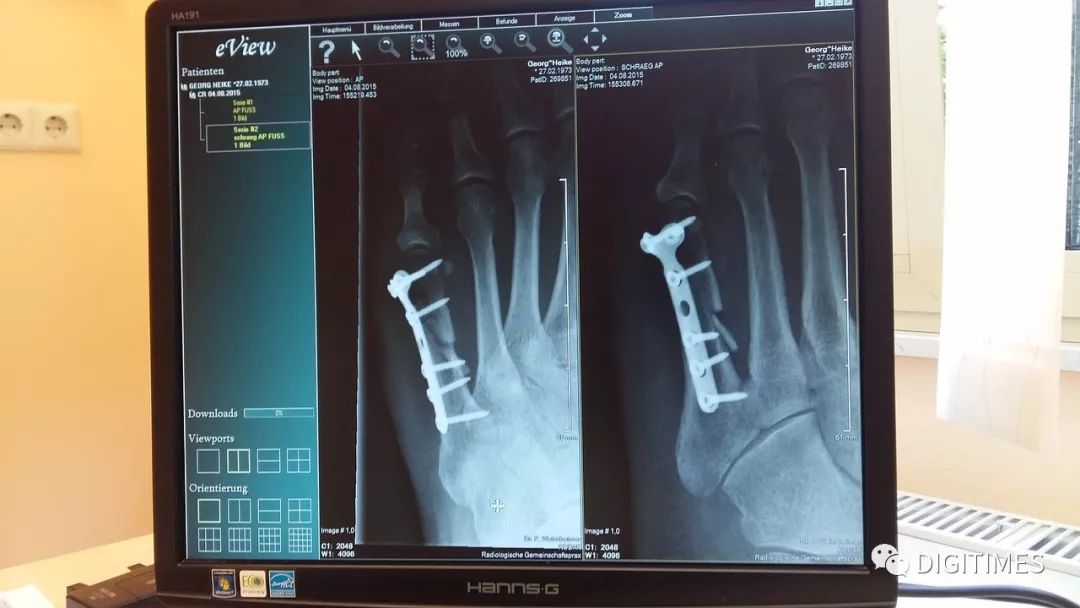For the AI ​​industry, digital healthcare can develop rapidly
For the AI ​​industry, digital medical technology can develop rapidly, especially digital learning of medical images and sharing of medical images, computerized tomography, nuclear magnetic resonance, and abdominal ultrasound image sharing.
Taking echocardiography as an example, a typical study requires about 70 shots taken from various viewpoints, and the shooting angles of these films are often not labeled. Machine learning to do heart ultrasound, probably do the following: 1. Establish an automated computer vision pipeline to automatically download ultrasound movies and their metadata. 2. Identify the perspective with a convolutional neural network (CNN) machine learning. 3. Identify the image segmentation in the image with a convolutional neural network, such as the left atrium. 4. Quantification of atrial and ventricular structures and functions. 5. Determine the cardiac function by the ejection fraction and the global longitudinal strain - the quantitative data obtained in the previous step. 6. Establish a model of heart disease, such as cardiac hypertrophy or amyloidosis (a heart disease similar to the disease caused by misfolding of Azheimer's disease).
The example I am talking about is not the knowledge that was in the past, but the article that was just published in arXiv in January (https://arxiv.org/abs/1706.07342), which is being sent to the journal for review and publication. This is academic research. The frontier, but there is also the potential to immediately transform into an application.
At present, the medical and AI circles have similar cooperation plans, and the progress is similar. But the data circulation architecture, and the big data accumulated from it, has become common sense in the AI ​​world: the amount of data is more important than the superiority of the algorithm, and usually the leader is all taken, like Google's search engine. Taking the above study as an example, the data used were only 4000 heart ultrasound films taken from 3 individual databases.
For the use of medical behavior itself, this architecture requires at least several aspects of infrastructure if it is to provide digital medical machine learning:
1. High Performance Computing (HPC: High Performance Computing). One of the GPUs and similar chips required for artificial intelligence has been able to operate stably, and it also covers considerations such as security and bandwidth. This is one of the major plans for artificial intelligence.
2. A system like Google File System or Colossus. The decentralized storage of medical data in hospitals now requires the AI ​​computer to automatically and streamlined the selection of approved selected files from a remote location.
3. Specifications of medical information and notes from physicians. Taking the above-mentioned cardiac ultrasound as an example, although it is operated under the Medical Imaging and Communication System (PACS) by the Digital Imaging and Communications in Medicine (DICOM), it is off the machine. There is still considerable distance for the convenience and effective use of learning.
The development of AI medical care will be further fed back to the entire medical system. Taking the aforementioned cardiac ultrasound research as an example, it provides remote, rapid, high-quality, low-cost medical diagnosis and disease prevention!

Other Sensors, Series,Channel Current Transmitter Sensor
Taizhou Jiabo Instrument Technology Co., Ltd. , https://www.taizhoujiabo.com
